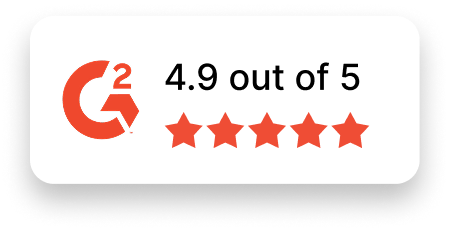Network Engineer Job Description Template
Use this template to craft job descriptions for hiring Network Engineers. Customize it to reflect your organization’s unique needs and objectives.
Job Title: Network Engineer
Location: [Specify Location or Remote]
Job Type: [Full-time/Part-time/Contract]
About the Role
We are looking for a skilled Network Engineer to design, implement, and manage the network systems that power our organization. You will be responsible for maintaining the stability and security of our infrastructure while ensuring seamless communication across systems.
If you excel at troubleshooting, enjoy working in dynamic environments, and have a passion for optimizing network performance, this is your chance to make a meaningful impact within a collaborative team.
Responsibilities
- Design, deploy, and maintain network infrastructure, including LAN, WAN, and wireless systems.
- Monitor network performance, identify issues, and implement timely solutions to minimize downtime.
- Configure and manage routers, switches, and network appliances.
- Implement and enforce network security protocols, ensuring data integrity and compliance.
- Perform regular network assessments and capacity planning to optimize performance.
- Collaborate with IT and security teams to ensure seamless integration across systems.
- Troubleshoot and resolve network issues at hardware, software, and configuration levels.
- Document network configurations, processes, and troubleshooting procedures.
- Stay current on advancements in networking technologies and incorporate improvements where applicable.
- Provide technical support and expertise to team members and stakeholders as needed.
Required Skills & Experience
- Bachelor’s or Master’s degree in Computer Science, Network Engineering, or a related field (or equivalent experience).
- Strong knowledge of networking protocols such as TCP/IP, OSPF, BGP, and VPN.
- Hands-on experience with configuring and maintaining network devices such as Cisco, Juniper, or similar.
- Proficiency in using network monitoring tools (e.g., SolarWinds, Wireshark, Nagios).
- Familiarity with network security principles, including firewalls, access controls, and encryption.
- Ability to troubleshoot and resolve complex network issues efficiently.
- Understanding of VLANs, QoS, and network segmentation.
- Solid experience with network cabling and physical layer standards.
- Effective communication skills with a collaborative approach to problem-solving.
- Strong organizational skills and attention to detail.
Nice-to-Have Skills
- Certifications such as CCNA, CCNP, JNCIS, or equivalent.
- Experience with cloud-based networking in AWS, Azure, or Google Cloud.
- Knowledge of SD-WAN and software-defined networking principles.
- Familiarity with automation tools such as Ansible, Python, or Bash for network configuration.
- Experience with network virtualization technologies like VMware NSX.
- Background in VoIP, video conferencing, or unified communications.
- Understanding of wireless networking standards and best practices.
Why Join Us?
- Innovative Projects: Be part of exciting initiatives that enhance performance and connectivity.
- Collaborative Culture: Work with a supportive and diverse team of professionals who value your skills.
- Growth Opportunities: Access training, certifications, and knowledge-sharing programs to boost your career.
- Flexibility: Enjoy hybrid or remote work arrangements to maintain work-life balance.
- Inclusive Workplace: Join an organization dedicated to fostering diversity, equity, and inclusion, where all voices are celebrated.
Apply Now
Are you ready to design and maintain cutting-edge network systems that enable seamless communication? Join [Your Company Name] as a Network Engineer and contribute your expertise to a team that values innovation and collaboration. Apply today!

